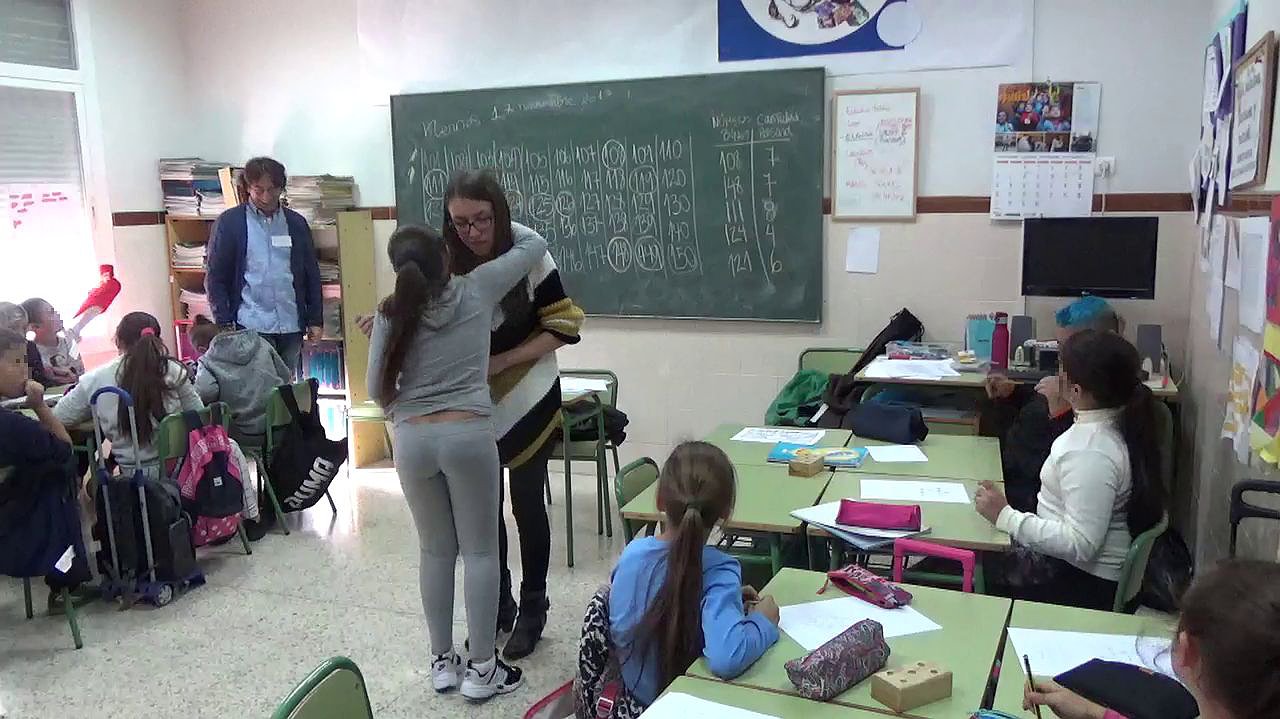Generalization

For the construction of knowledge in general and mathematical knowledge in particular, generalization is essential (Castro, Cañadas and Molina, 2010). Mason et al. (1985)
among other authors, highlighted this as the root of algebra. Through different approaches, most authors have pointed out that generalizing is recognizing a regularity that goes beyond the particular cases given and their representation, whether specifying the present similarity or broadening reasoning towards patterns, procedures, structures and relations between them (Kaput, 1999). Stephens, Ellis, Blanton and Brizuela (2017) differentiated generalization as process and product. The product is derived from three processes: (a) identify the regularity of a set of elements, (b) reason beyond the cases at hand, and (c) broaden the results beyond the particular cases. The product is the result of those processes.
In our study, we assumed generalization as the quintessential cross-cutting aspect in most notions of algebra. It can refer to the generalization of arithmetic relations, of patterns, of functional relations, of structures, of methods to solve problems, or rather to solving generalization problems or the representations used in generalization (with algebraic language being one of them).
Generalization allows more flexible mathematical thinking among students, helping them (a) dismiss irrelevant information, (b) adapt, adjust and reorganize prior experiences, (c) pay attention to certain ideas, skills and properties involving different situations, and (d) solve problems and understand different mathematical situations (Carpenter & Levi 2000; Carraher & Schliemann, 2015; Warren, 2005).









